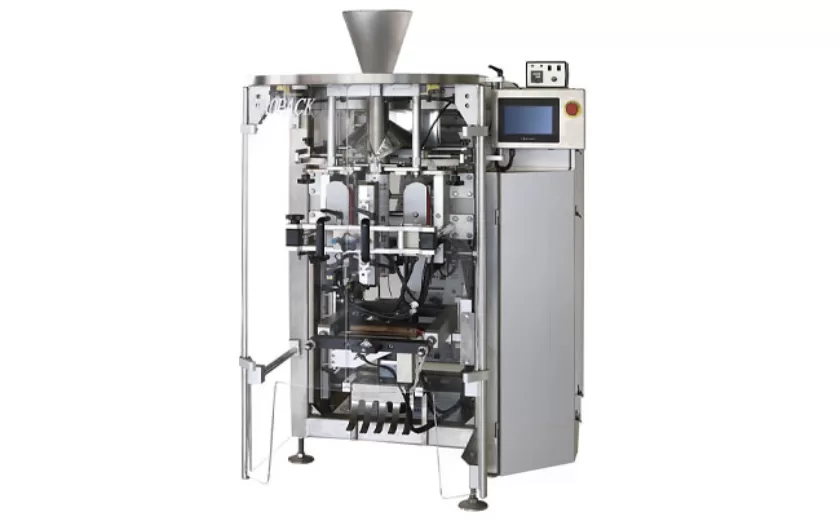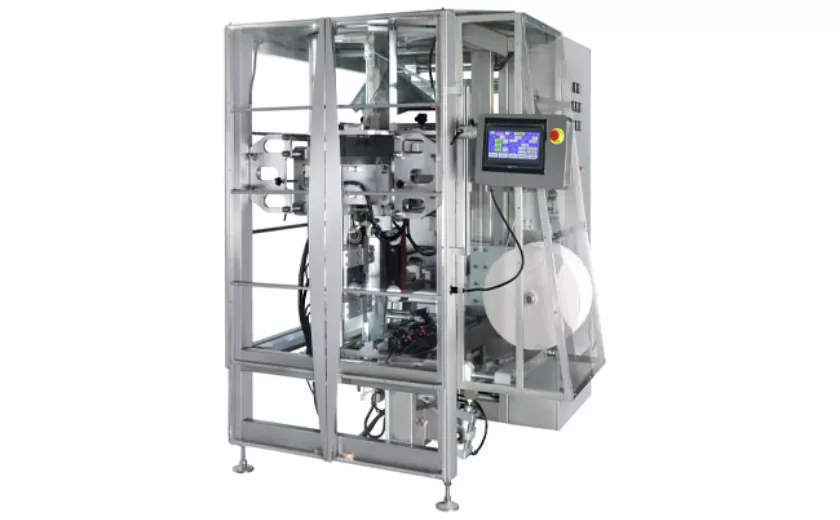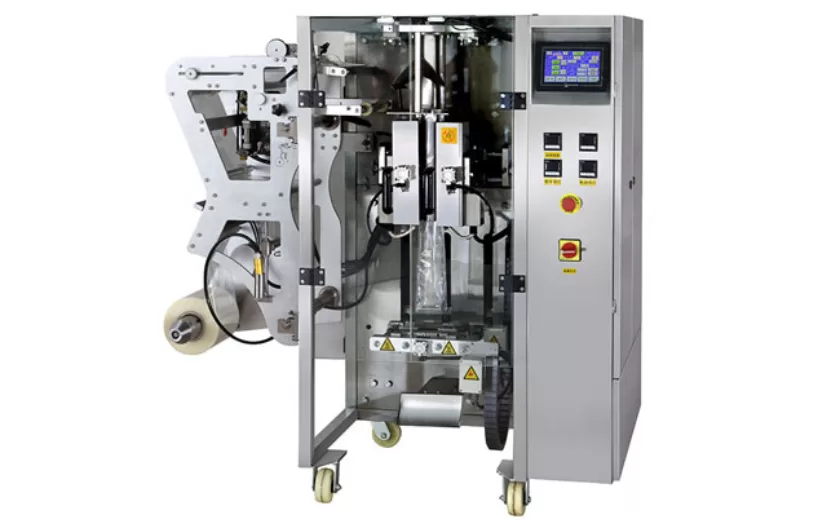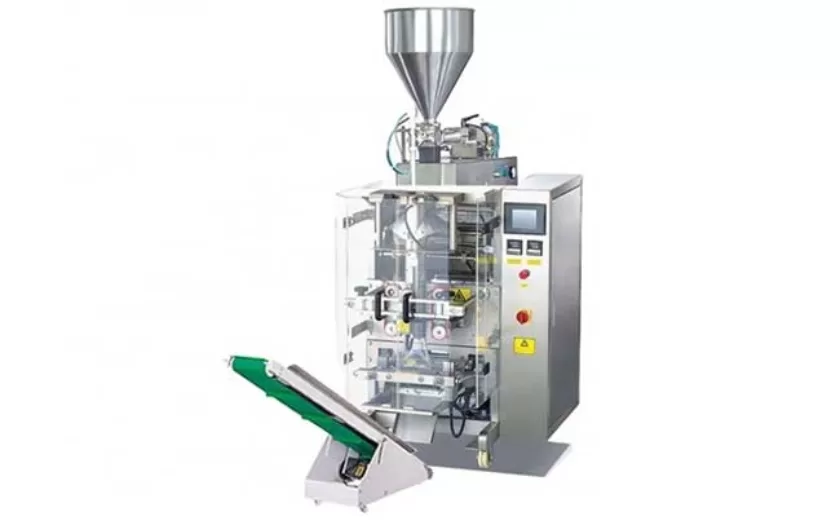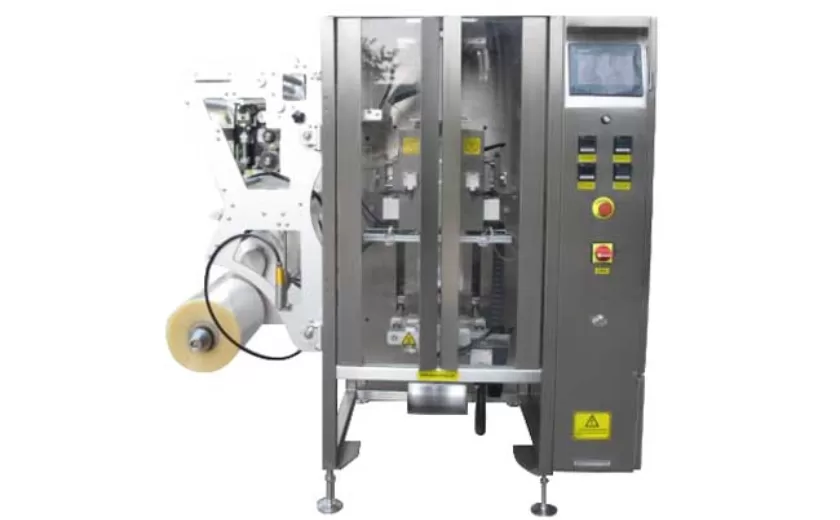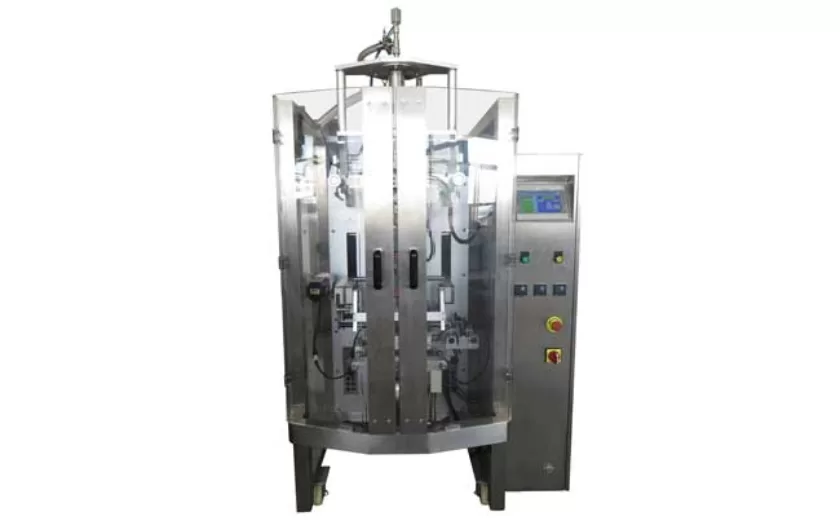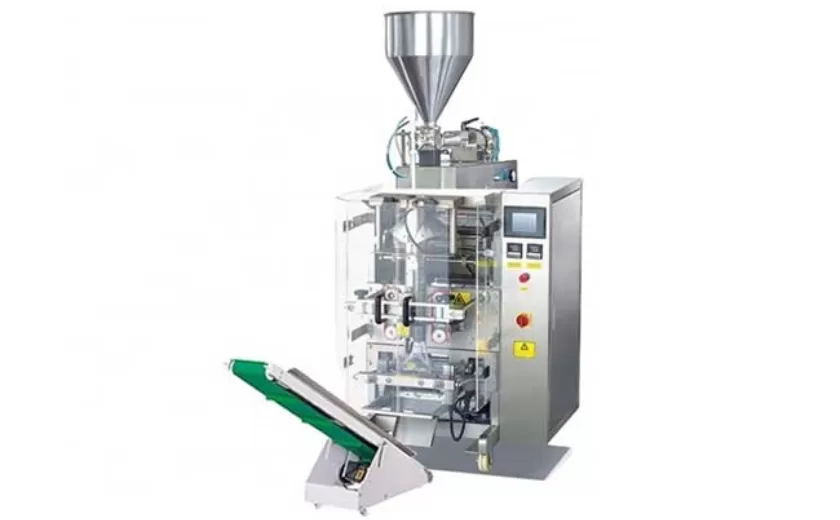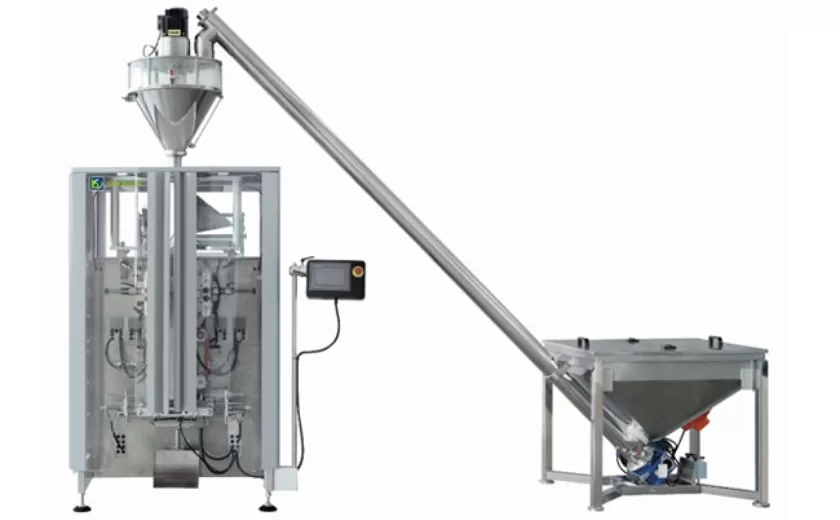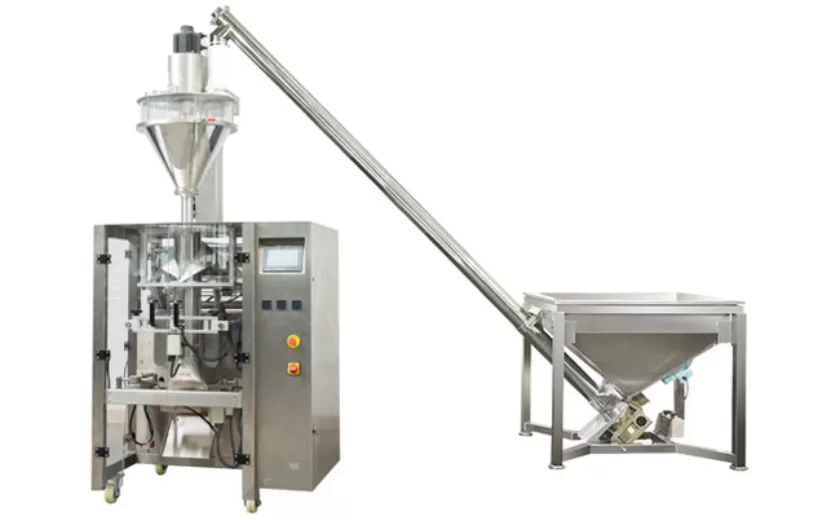When to Use Volumetric vs. Gravimetric Filling Systems
In the packaging industry, choosing the right filling system for your products is crucial for accuracy, efficiency, and cost-effectiveness. Volumetric and gravimetric fillers are the two primary types of filling systems used for packaging liquids, powders, and granules. Each system has its advantages and drawbacks, and understanding when to use each is essential for optimizing your packaging process.
Factors to Consider
Several factors should be considered when choosing between volumetric and gravimetric filling systems:
Product Characteristics
Consistency: Volumetric fillers dispense a predetermined volume of product, regardless of its consistency. Gravimetric fillers, on the other hand, weigh the product, ensuring accuracy even with variations in density or viscosity.
Particle size: Volumetric fillers struggle with large or uneven particle sizes, as they can result in trapped air or inaccurate measurements. Gravimetric fillers are better suited for products with non-uniform particle sizes.
Accuracy and Precision
Accuracy: Gravimetric fillers provide higher accuracy (typically within 0.25%) compared to volumetric fillers (typically within 1-2%), resulting in less product giveaway.
Precision: Gravimetric fillers also offer greater precision, consistently delivering the same fill weight for multiple packages.
Speed and Efficiency
Speed: Volumetric fillers are generally faster than gravimetric fillers, as they do not require weighing the product.
Efficiency: Gravimetric fillers can improve overall efficiency by reducing material waste and minimizing line stoppages due to inaccurate fills.
Volumetric Fillers
Advantages:
Lower cost: Volumetric fillers are typically less expensive to purchase and maintain than gravimetric fillers.
Faster speed: They can fill products more quickly, resulting in higher throughput.
Suitable for products with consistent consistency: Ideal for liquids and powders with uniform density and particle size.
Disadvantages:
Lower accuracy: Not as precise as gravimetric fillers, leading to potential product giveaway.
Not suitable for products with varying consistency: Can be inaccurate for products with changes in density or particle size.
Gravimetric Fillers
Advantages:
High accuracy and precision: Ensures consistent fill weights for multiple packages, minimizing product giveaway and improving quality control.
Versatile for products with varying characteristics: Can handle products with non-uniform particle sizes and varying densities.
Improved efficiency: Reduces material waste and line stoppages due to inaccurate fills.
Disadvantages:
Higher cost: Gravimetric fillers are more expensive to purchase and maintain than volumetric fillers.
Slower speed: Weighing the product takes longer, resulting in reduced throughput.
Not suitable for high-speed applications: May not be optimal for packaging processes requiring high-speed filling.
Volumetric and gravimetric filling systems each have their strengths and weaknesses. Volumetric fillers are more affordable and faster, while gravimetric fillers provide greater accuracy and versatility. By considering the factors outlined in this article, you can make an informed decision about which filling system is best suited for your specific product and packaging needs.
-
Reliable Packaging Solutions with Vertical FFS Machines
16-09-2025 -
Advanced Packaging Solutions with Vertical Form Fill Seal Machines
16-09-2025 -
Efficient Packaging Solutions with Vertical Form Fill Seal Machines
16-09-2025 -
Reliable Liquid Filling and Packing Machines for Modern Production
12-09-2025 -
Efficient Granule Packaging Solutions for Modern Industries
12-09-2025 -
Efficient Powder Packaging with Auger Type Filling Machines
12-09-2025 -
Efficient Liquid Packaging with Vertical Form Fill Seal Machines
03-09-2025 -
Efficient Liquid Packaging with Automatic Liquid Packing Machines
03-09-2025 -
Efficient Powder Packaging with Auger Type Filling Machines
21-08-2025 -
Optimizing Packaging with Auger Packing Machines
21-08-2025





